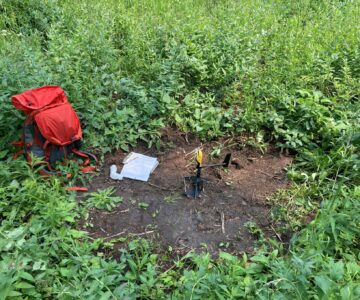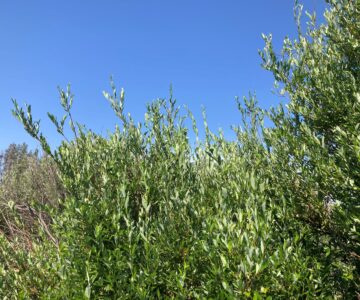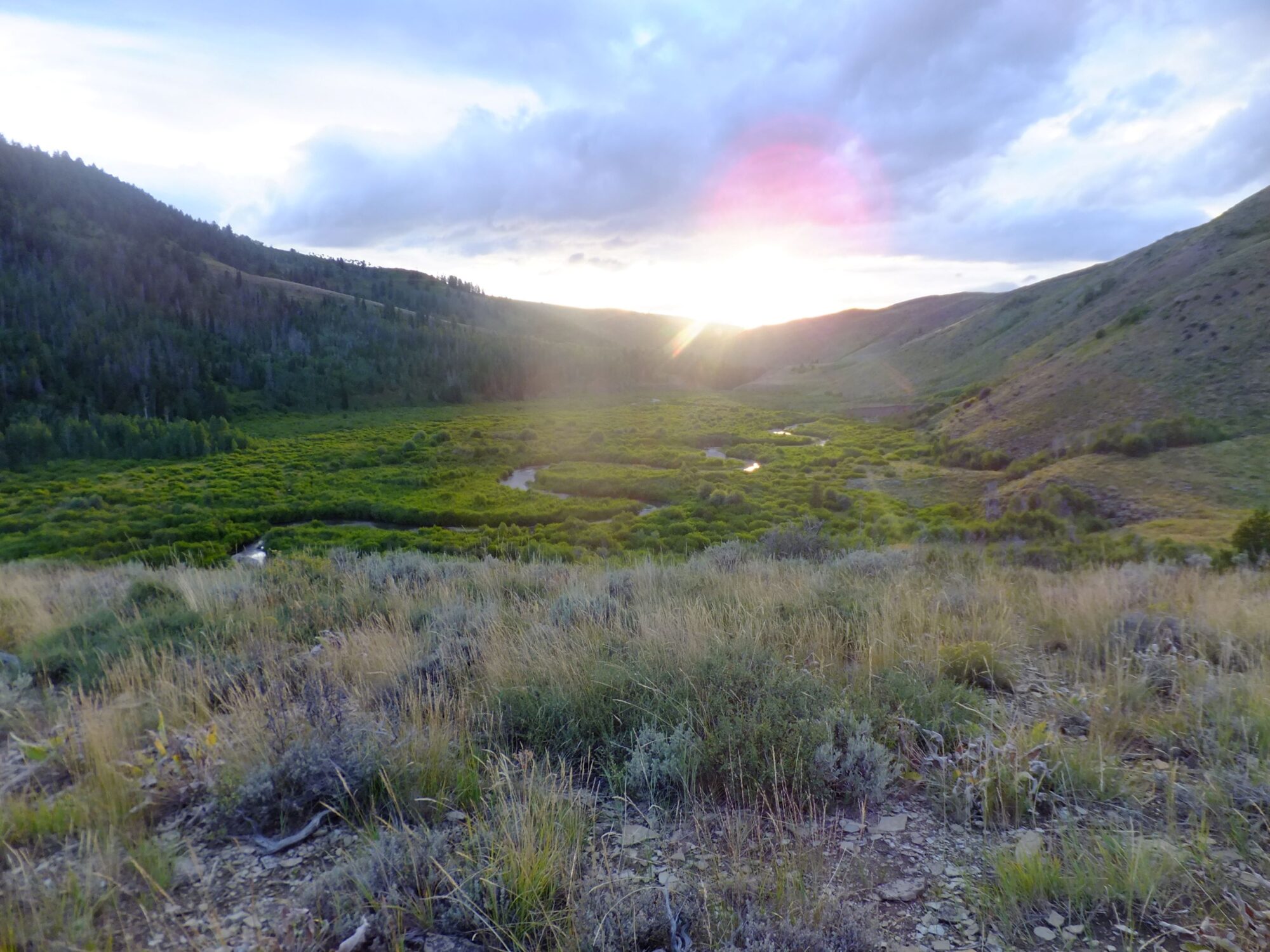
Although riparian areas make up less than 4% of the total land cover in Wyoming, the majority of wildlife species rely on this critical habitat. Beavers transform and maintain riparian ecosystems through building dams, foraging on vegetation, and extending the floodplain.
In this project, we seek to gain additional understanding about the role beavers play in their ecosystems. We will employ a field study explore how beaver-modified landscapes may mitigate rising temperatures, which can have implications for heat-sensitive species such as moose. We will pair this study with a literature review, to help synthesize a vast set of knowledge into a single resource.

Main Questions

How do beaver shape the thermal environment in riparian areas?
We will compare temperature, humidity, soil moisture, and wind speed in riparian habitats with active beavers and those without beaver activity.

How does beaver activity shape conservation efforts for Species of Greatest Conservation Need?
There is growing interest in using beaver restoration to improve habitat for many species, and the literature has exploded in recent years. By conducting a literature review, we will investigate which Species of Greatest Conservation Need might benefit from beaver restoration.
Project lead
Macy Jacobson

Sponsors and supporters
This work is generously supported by the Ricketts Foundation and Jackson Fork Ranch.

